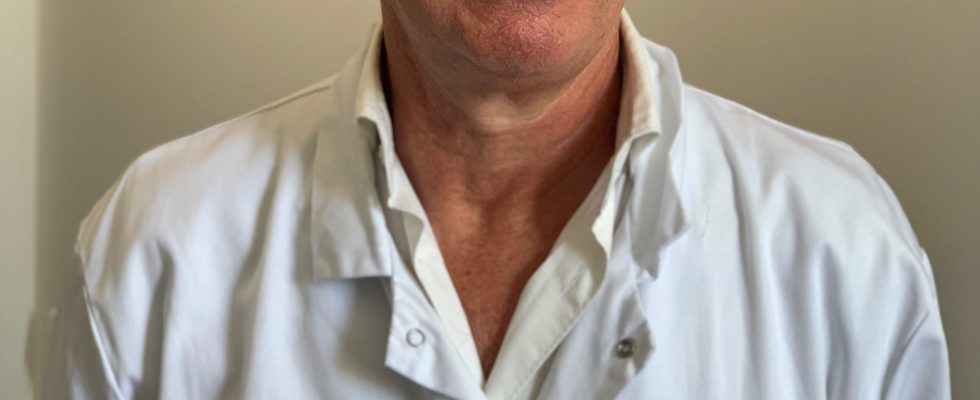According to the annual report on screening and sexually transmitted infections (STIs) published by the Public Health England, the health authority for England, our neighbors experienced a worrying upward trend in the number of these infections in 2022. And this despite prevention and screening efforts.
New STI diagnoses have thus increased by 23.8% compared to 2021, to reach a total of 392,453. That is 400 cases of STIs declared among 15-24 year olds every day! The most commonly diagnosed infections are chlamydia (50.8% of all new diagnoses), up from 24.3%. Next comes gonorrhea, with 82,592 diagnoses (21.1% of STI cases), up 50.3%. This is the highest number of cases detected in a year ever recorded in England for this disease. Genital warts increased by 8.5%. Syphilis, at all stages of the disease, is increasing in men who have sex with men (MSM) and in the heterosexual population, reaching a number not seen since 1948. Diagnoses of genital herpes increase by 13 .8%. The report therefore underlines the importance of screening for STIs to break the chains of transmission and recommends doing it at least once a year for those under 25 and every three months. for MSM. It should be noted that if the number of STI screenings (HIV included) increased by 13.4% compared to 2021, this is not enough to explain this worrying increase in the number of STI cases.
In France, the last real figures date back to 2016
In the United States, the figures published in April 2023 for the year 2021 by the Centers for Disease Control and Prevention also show an increase in the number of STIs compared to 2020: + 4% for gonorrhea, + 32 % for syphilis – including cases of syphilis transmitted from mother to child, responsible for hundreds of deaths each year –, and + 4% for chlamydia. Half of STI cases have been detected in adolescents and young adults aged 15-24. 31% of all chlamydia, gonorrhea and syphilis cases were in African American people, who make up only 12% of the population. Men who have sex with men are also much more affected: nearly 40% of those who reported having contracted syphilis are also HIV-positive.
In France, we do not yet have recent figures for STIs. It is a specificity of our country to monitor epidemics (excluding Covid) offline, for lack of a real-time accounting system such as the SIDEP portal (Population screening information system), which has enabled monitoring exhaustive list of all the tests carried out in France for the detection of Sars-CoV-2. The latest STI screening activity figures in France, which showed a recovery trend after the health crisis, were published by Santé Publique France (SPF) in 2022. For the actual figures, we must fall back on… 2016. That year, there were 270,000 Chlamydia trachomatis infections and 50,000 gonococcal infections diagnosed, an increase of a factor of three compared to 2012, according to SPF, which recalls that viral infections with papillomavirus are still part of of the most common STIs and are responsible, every year in France, for condyloma in approximately 100,000 men and women, but also for ENT, anus or cervix cancers. France therefore looks forward to the PrévIST national study, launched in November 2022 by SPF and its partners, including the National Agency for Research on AIDS and Viral Hepatitis. This work, carried out in the general population, will aim to estimate the proportion of people carrying bacterial STIs.
In any case, the English data highlight the importance, in England as elsewhere, of strengthening awareness-raising efforts to encourage the prevention, detection and treatment of STIs. This is the case with two measures taken in France by the government: national HIV screening and that of STIs without a prescription and covered by health insurance without upfront costs. Measures acclaimed by professionals, but still confidential for lack of a public and targeted information campaign.
* Gilles Pialoux is an infectious disease specialist and vice-president of the French Society for the Fight against AIDS (SFLS).
